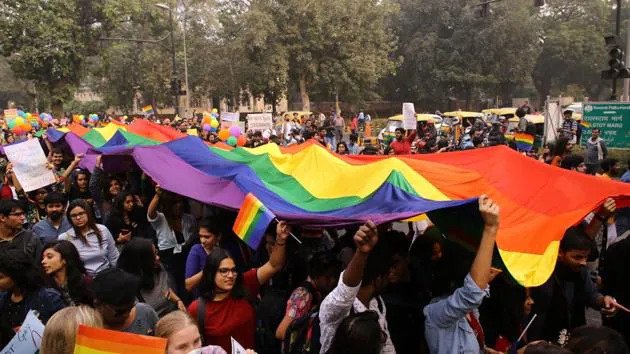Justice Rohinton Nariman retired on August 12, 2021, after seven years on the Supreme Court. His retirement saw a series of articles by Senior Advocates including Indira Jaisingh, Anand Grover, Sanjay Hegde extolling his record on the Court.
In Chief Justice Ramana’s words, ‘With brother Nariman’s retirement, I feel like I am losing one of the lions that guarded the judicial institution’.
The unstinted praise for Justice Nariman stood in sharp contrast to the severe criticism that Justice Bobde faced when he retired. The contrast speaks to two different judicial approaches which characterize the Supreme Court.
There are judges who are willing to stand up for the values of the Constitution and judges who are ‘more executive minded than the executive’, forgetting their oath to defend the Constitution. Judges who secure their place in history are those who are not afraid to take on the executive in defense of the Constitution.
The judge who history knows is Justice Khanna who delivered the dissent in the Supreme Court judgment which legitimized the emergency and not Chief Justice Beg who delivered the infamous emergency judgment.
Justice Nariman has made clear his admiration for Justice Khanna’s clear-sighted defence of fundamental rights. In a number of important judgments, he has deepened the judicial understanding of the scope of fundamental rights.
Among the notable judgments he has authored are Shreya Singhal (striking down Section 66A of the Information Technology Act), Puttaswamy (holding that the right to privacy is a protected fundamental right in the Indian Constitution), Shayara Bano (striking down triple talaq), Navtej Singh Johar (reading down Section 377 of the Indian Penal Code), Indian Young Lawyers Association (permitting entry to women in the Sabarimala temple in Kerala), Paramvir Singh Saini (directing the installation of CCTV cameras in police stations).
2. Using Law as a Counter-Majoritarian Instrument
What defines Justice Nariman’s way of thinking, is that for him, the individual right to dignity, privacy, and expression had to be protected regardless of what the majority thought, because that is what the Constitution mandates. What crystallized this way of thinking about the law as a counter-majoritarian instrument were three judgments which he (along with justices Chadrachud, Mishra, Khanwilkar, and Misra) delivered in September of 2018.
In Navtej Singh Johar v Union of India in 2018 the court held that Section 377 of the IPC which criminalised same-sex conduct, violated the right to dignity and liberty of LGBT persons. In Joseph Shine v/s Union of India in 2018, the court struck down Section 497 of the IPC which criminalised the act of adultery by a man.
Also read: Same Sex Marriage is Not a Fundamental Right: Central Government to the Delhi High Court
The court held that the law on adultery embodied a ‘patriarchal’ understanding of sexuality which was antithetical to a constitutional morality based on a commitment to the ‘free, equal, and dignified existence of all members of society.
























